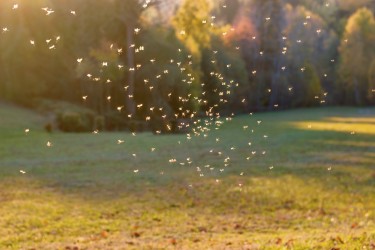Invasive insects are more than just annoying. They're a threat to trees, commercial crops and your house, yard and gardens.
Every editorial product is independently selected, though we may be compensated or receive an affiliate commission if you buy something through our links. Ratings and prices are accurate and items are in stock as of time of publication.
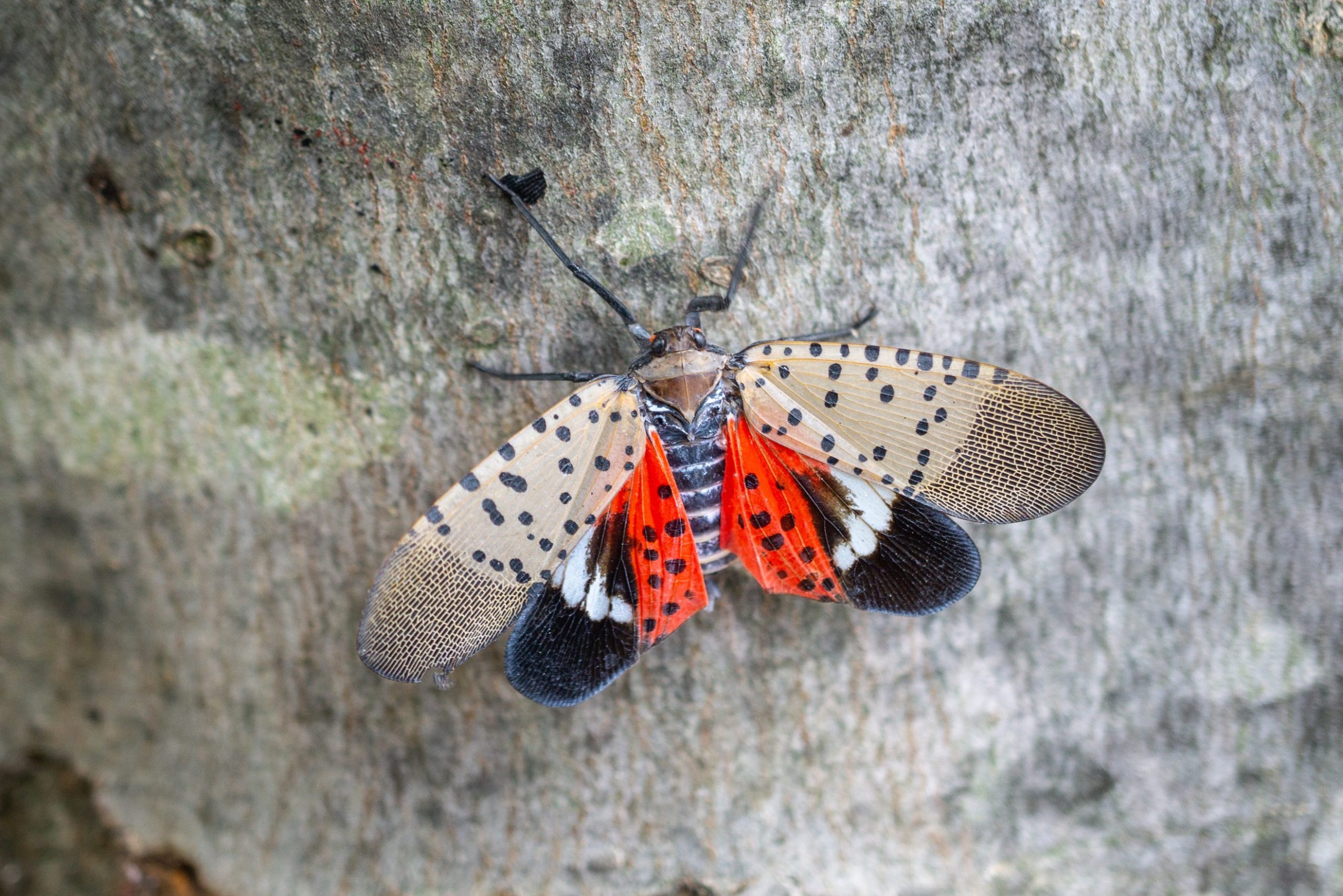
What is an Invasive Insect?
The difference between an invasive and a non-invasive insect is significant. While various types of insects can — and do — invade your space (who hasn’t had an entire colony of ants turn up in the kitchen overnight?), the meaning of ‘invasive’ is specific, says Katelyn A. Kesheimer, Ph.D., an entomologist with the Alabama Cooperative Extension System.
Invasive insects are:
- Not native to a certain area.
- Introduced to that area by humans, intentionally or unintentionally. Arrival from other countries via shipping container is common. They also like to “hitchhike” on RVs, firewood, plants and outdoor equipment. Sometimes they even arrive via the mail, according to the United States Department of Agriculture.
- Capable of causing environmental harm to other insects, the landscape and native species, or cause economic loss to humans.
An insect must be all three to carry the ‘invasive’ label, Kesheimer says. A non-native insect that somehow arrived naturally but doesn’t create any sort of nuisance? Not invasive. A non-native insect introduced by humans that doesn’t damage anything? Also not invasive.
What To Do About Invasive Insects
Unfortunately, once they’re here and start proliferating, controlling invasive insects can be difficult. To make sure you’re not inadvertently lending a hand to an invasive insect’s quest to multiply, you should always:
- Refrain from transporting firewood from one location to another. If you need firewood for camping, buy it when you arrive at your destination instead.
- Clean off all your equipment before you head home from any sort of outdoor recreational activity — camping, fishing, backpacking, visiting your cabin, etc.
- Inspect plants and soil for bugs before placing them in your yard, garden or flower beds. Nurseries normally do this, but you should double-check.
- Contact your state’s extension service for instructions if you come across an invasive insect, Kesheimer says. They can tell you about the most appropriate interventions and let you know whether to report it to the United States Department of Agriculture. What to do will depend on your location.
- Avoid using insecticides or other products to kill insects, unless the pro you talked to at the extension service recommends it.
All of this will depend, of course, on the specific invasive insect you are dealing with. Hundreds of varieties are out there, but here are a few of the ones you might find in the U.S., as well as general information and basic tips on how to manage them.
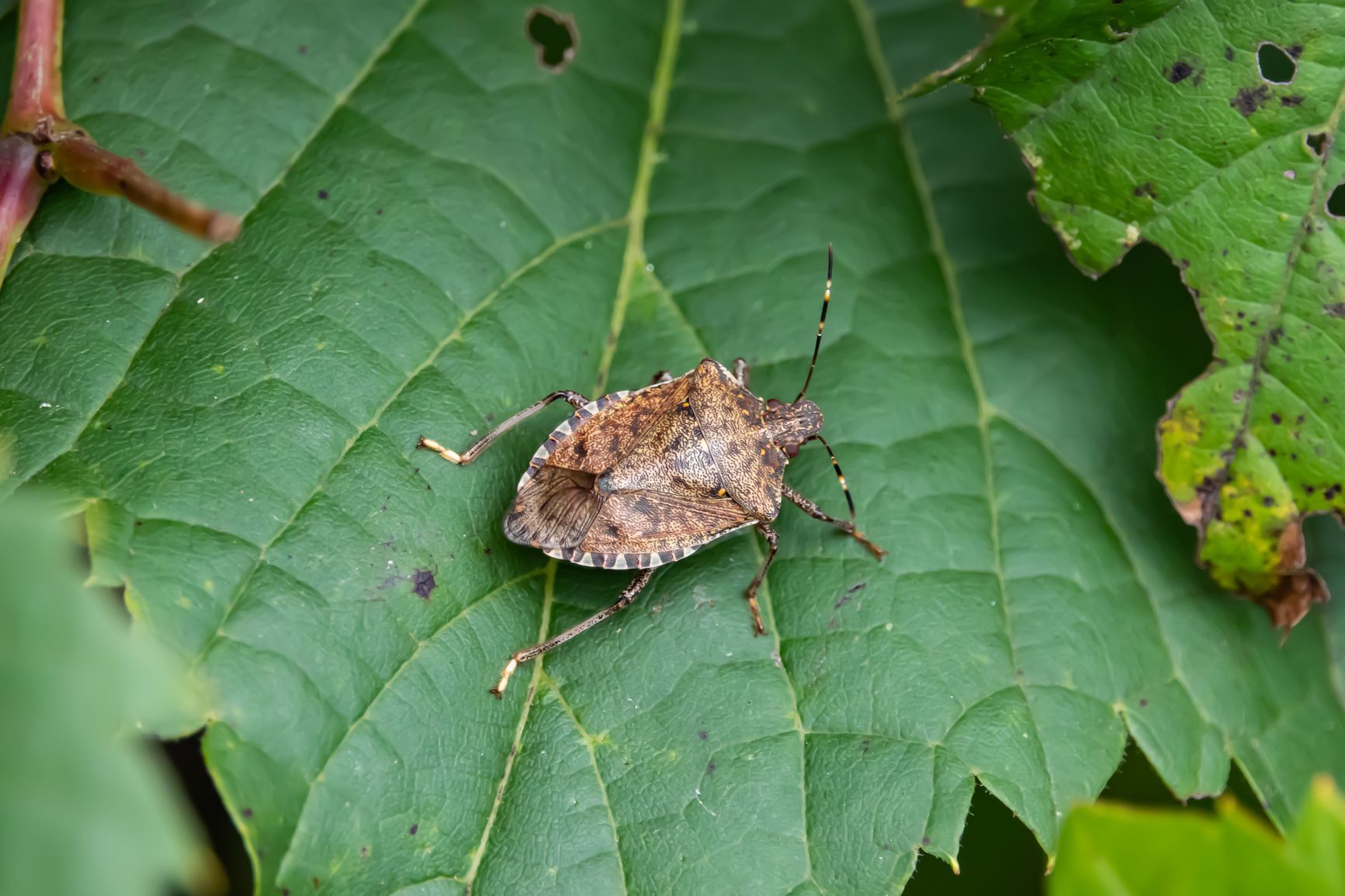
Brown Marmorated Stink Bug
Also known as a shield bug, the brown marmorated stink bug has a brown body with a white band on its legs and antenna. It also has bands around its abdomen that alternate between light and dark.
This bug came to the United States in the 1990s from Asia. It traveled here on shipping containers, stopping first in Pennsylvania before heading out on a cross-country tour of at least 46 additional states.
Brown marmorated stink bugs eat just about any crop they encounter. Try to keep them from getting to your garden in the first place by placing protective row covers on your crops. This is not a guarantee, but perhaps worth a try.
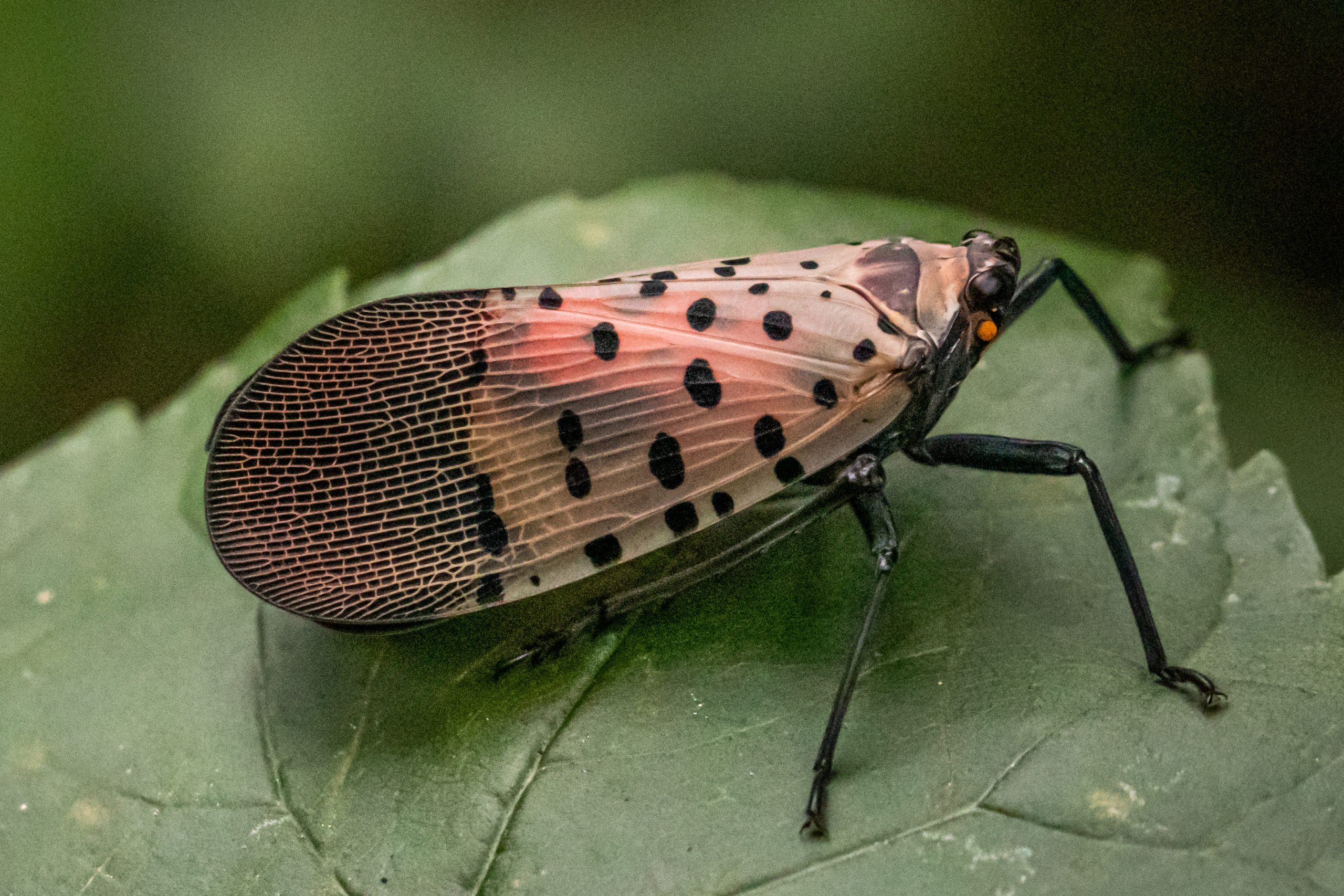
Spotted Lanternfly
With two sets of spotted wings (a red set and a neutral set, both with black spots), the spotted lanternfly looks innocent enough, but these pests are destructive. They fly around in states like Oregon, Wyoming, Texas and Hawaii, dropping their excrement onto plants and trees, ultimately killing them.
They also like to munch on their victims. Favorites include grapes, stone fruits and roses. Like many other invasive insects, the spotted lanternfly came from Southeast Asia in a shipping container (year of arrival: 2014). If you see one in your yard, kill it. Then call your local extension service or your state’s department of agriculture for further instructions.
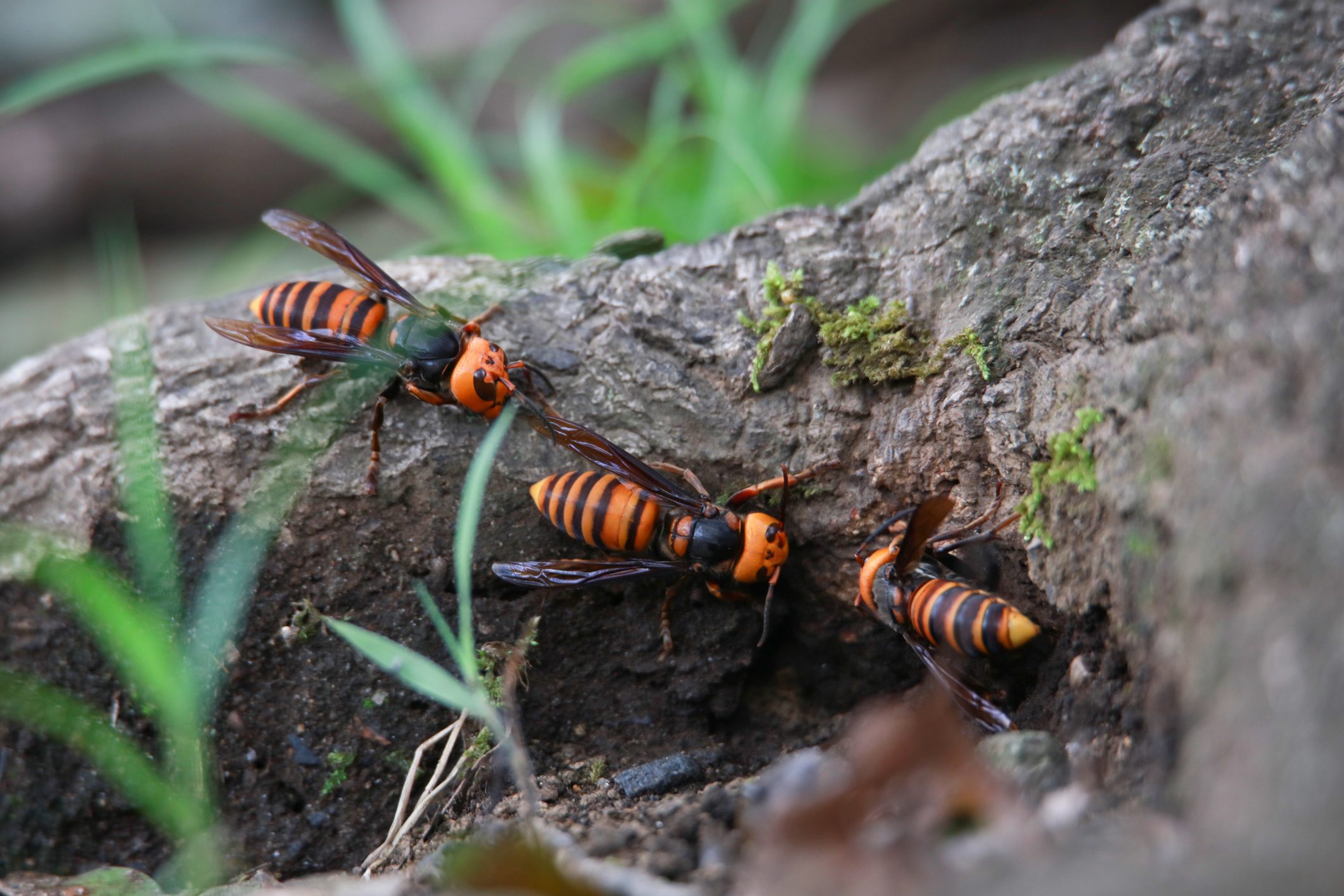
Asian Giant Hornet
This insect originally showed up in North America in 2019 — first on Vancouver Island, British Columbia, and then in nearby Washington state. A native of India and East Asia, nobody knows for sure how this invader originally made it into Canada. A shipping container is a likely culprit.
Some folks call the Asian giant hornet a murder hornet, and with good reason — the venom in its stinger can kill you, according to the Washington State Department of Agriculture (WSDA). It is far more threatening, though, to the honeybee population than it is to humans.
Despite its murderous potential, the Asian giant hornet probably won’t attack you unless you threaten it, the WSDA reports. However, it will attack and destroy honeybee hives like there is no tomorrow. As you may have heard, this is a huge problem, given the important role honeybees play in pollinating crops.
Murder hornets resemble wasps, bees and other types of hornets. They are, however, much larger — up to two inches long, whereas your run-of-the-mill yellow jacket is only a half-inch long. They also have large orange or yellow heads and black eyes.
If you see one, do not approach it. Just calmly walk away, and report it to your local extension service or state department of agriculture.
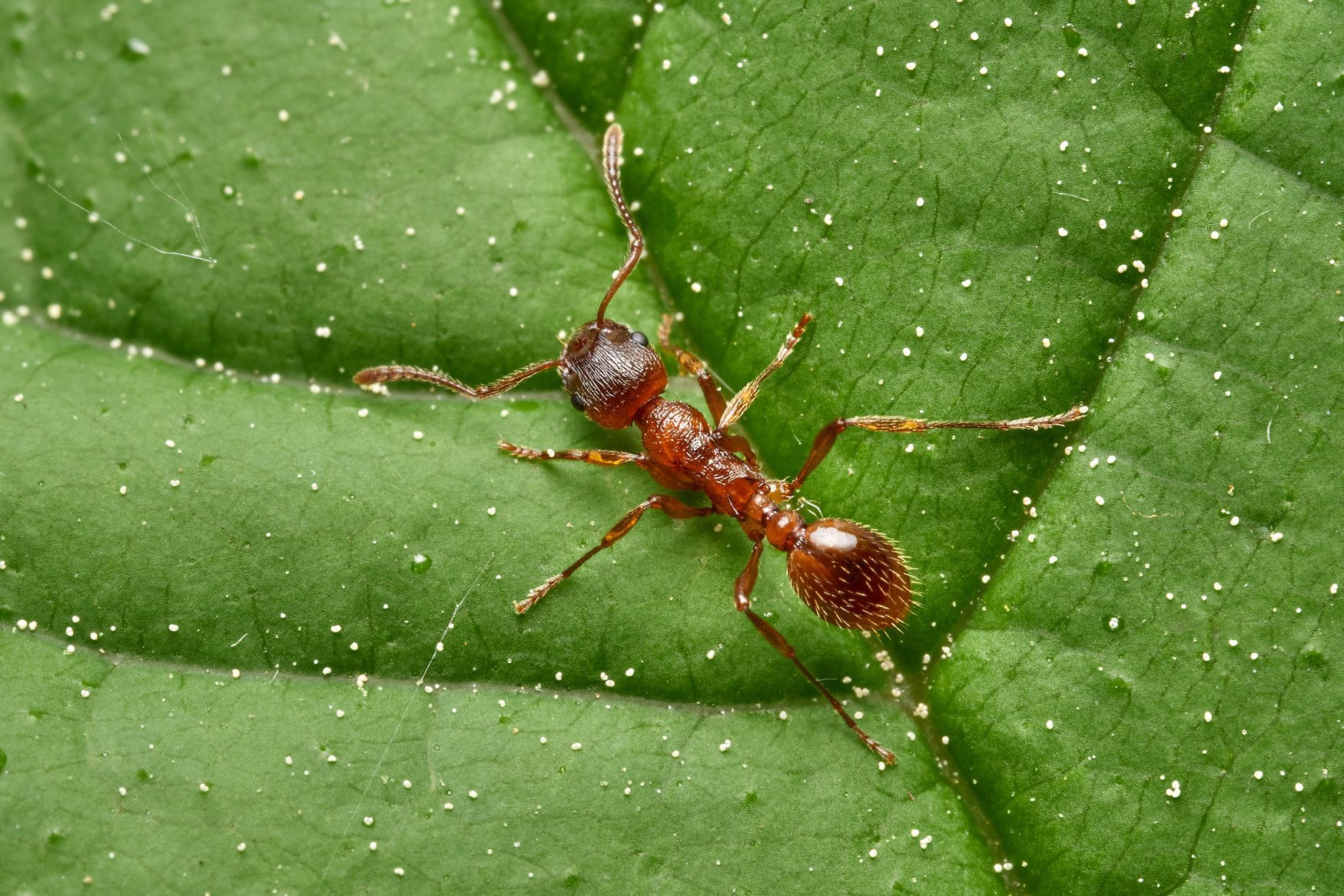
Imported Fire Ant
While some invasive insects are relatively new to the United States, fire ants have been wreaking havoc on corn, soybean, okra and citrus crops for 100 years, according to USDA’s Animal and Plant Health Inspection Service (APHIS). They originally arrived in Mobile, Ala. in 1918, on a cargo ship from South America.
With a venomous and painful sting, fire ants are also a threat to humans and animals. Usually, the sting causes burning and itching. Death from the sting is rare but possible.
You’ll recognize fire ants by their aggressive demeanor and tiny bodies. They are only 1/8- to 1/4-in. long, either black or reddish-brown. Fire ants tend to hang out in the Southern states (Alabama, Arkansas, Florida, Georgia, Louisiana, North Carolina, South Carolina, Mississippi, Tennessee and Virginia), as well as California, New Mexico, Texas and Puerto Rico.
If you see a fire ant or a whole mound of them, contact your local extension service. And by all means, do not touch them!
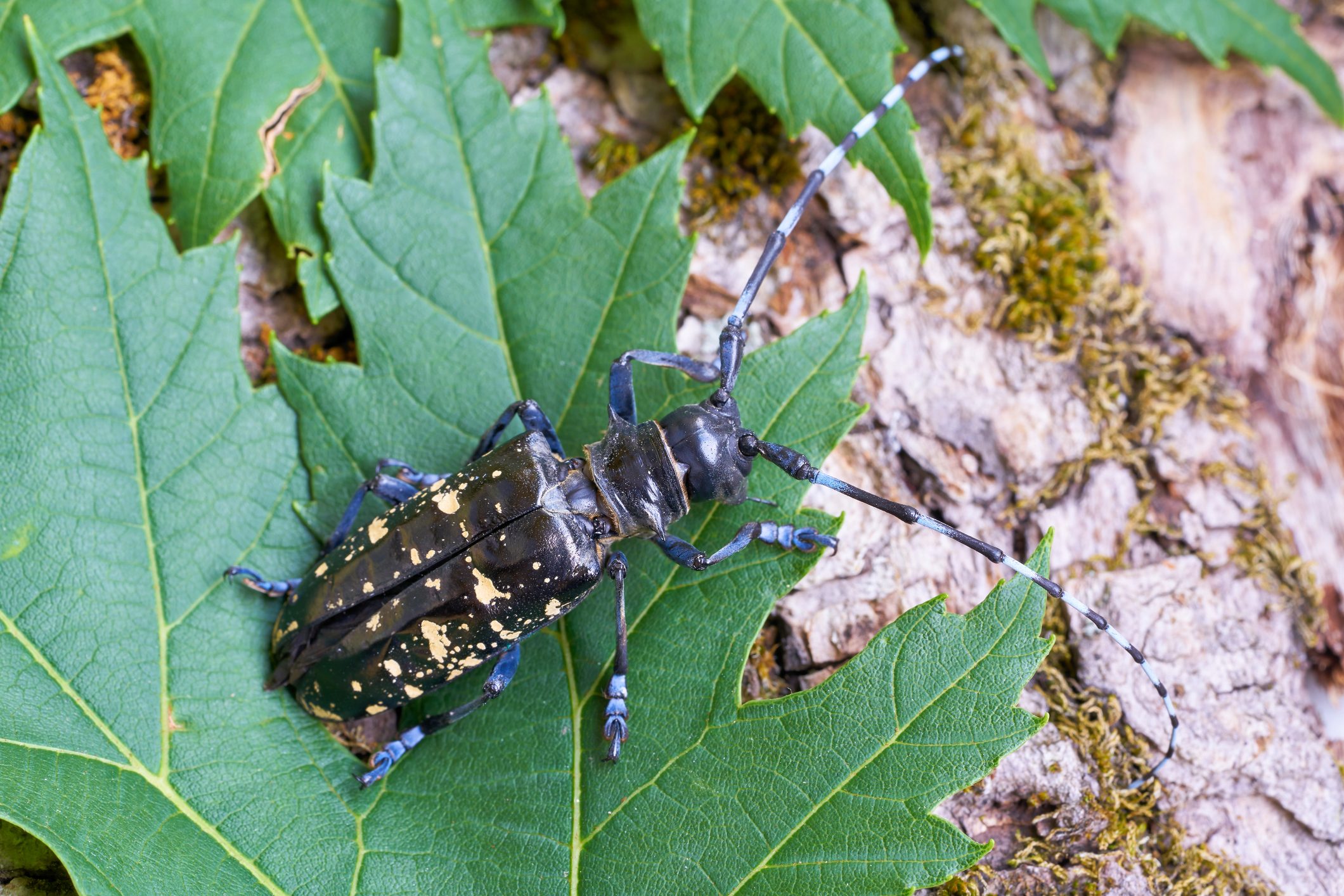
Asian Longhorned Beetle
“The Asian longhorned beetle is a large, distinctive-looking insect that poses a serious threat to America’s hardwood trees,” says Van Pichler, a national policy advisor with the USDA’s APHIS. At-risk trees include maple, birch, elm, poplar and willow.
Initially found in New York in 1996, the Asian longhorned beetle hails from China and Korea. Experts believe it came here in wood pallets on a cargo ship. Currently, the bug is a bona fide menace in New York, Massachusetts, Ohio and South Carolina, but APHIS considers it a threat to all 50 states.
Some signs these beetles are present include sawdust buildup around the bottom of trees, or leaves turning yellow and dropping at the wrong time of year. As for their looks, they’re shiny and black with white spots, a large antenna and a bullet-shaped body. They can be as small as 3/4-in. long or as large as 1-1/2-in. long.
If you see an Asian longhorned beetle or evidence of them, report it right away to APHIS. Also refrain from moving firewood, and any wood products from “host” trees, from one location to another.
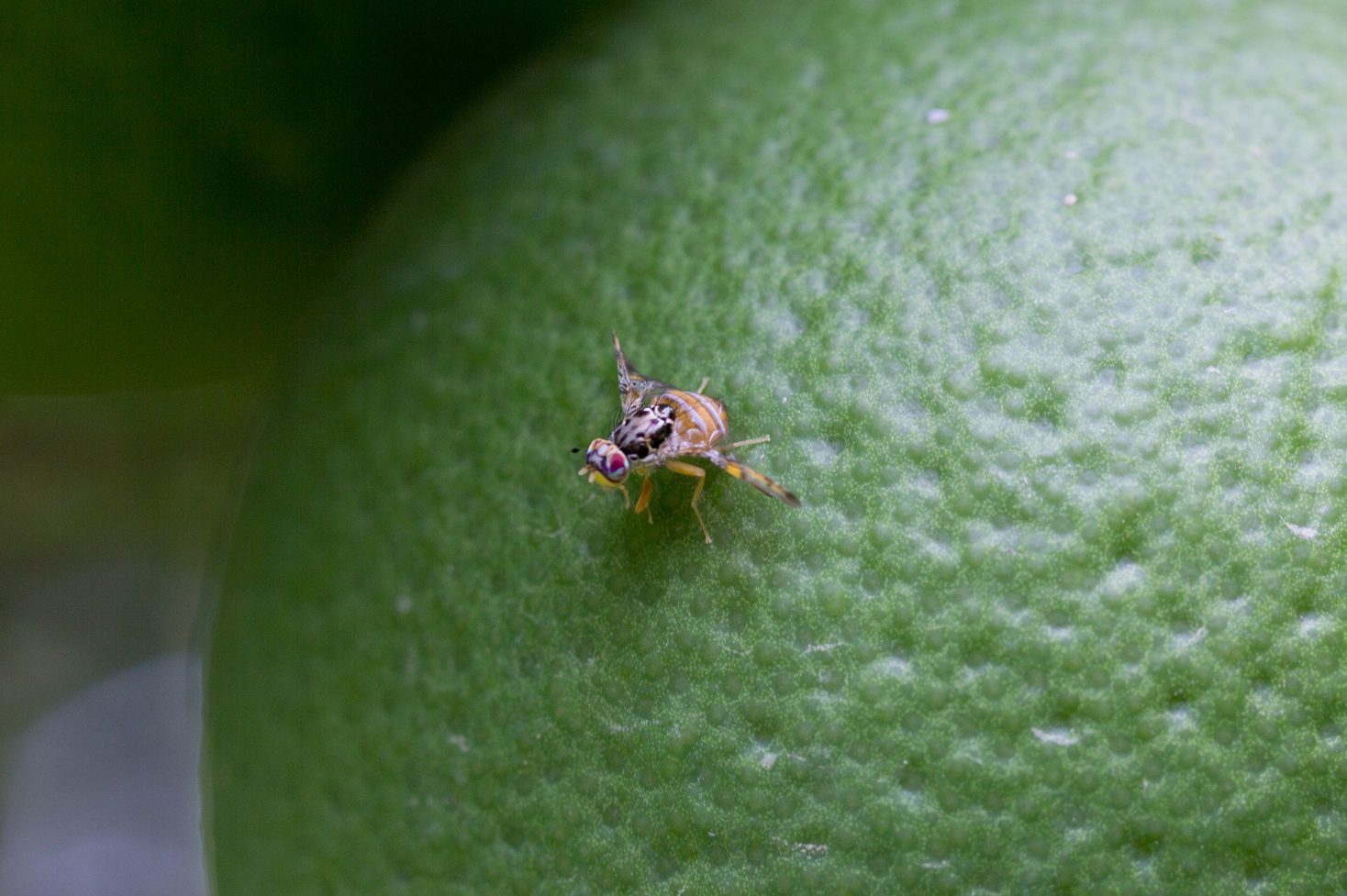
Mediterranean Fruit Fly
One of several types of invasive fruit flies, the Mediterranean fruit fly is among the “most damaging agricultural pests in the world,” Pichler says. Native to sub-Saharan Africa, it originally set up shop in Hawaii in 1910. Later, in 1929, it was detected in Florida.
So far, Hawaii is the only state with an established population of Mediterranean fruit flies, but infestations occasionally pop up in Florida, California and Texas.
Also known as the medfly, the list of fruits and veggies this pest can infest is length and includes hundreds of individual plants — everything from coffee, grapes and kiwi to olives, pears and walnuts. If you see decayed fruit falling to the ground, the medfly could be to blame. They are slightly smaller than common houseflies, with clear wings, a black mid-section, gray flecks and light brown bands.
Medflies normally travel from country-to-country and state-to-state via shipments of fruits, vegetables and plants. To help keep them contained, never take or send agricultural products to another state without first checking with your state’s USDA state plant health director.
If you’re traveling home from another country with an agricultural product of any kind, be sure to let U.S. customs know about it.
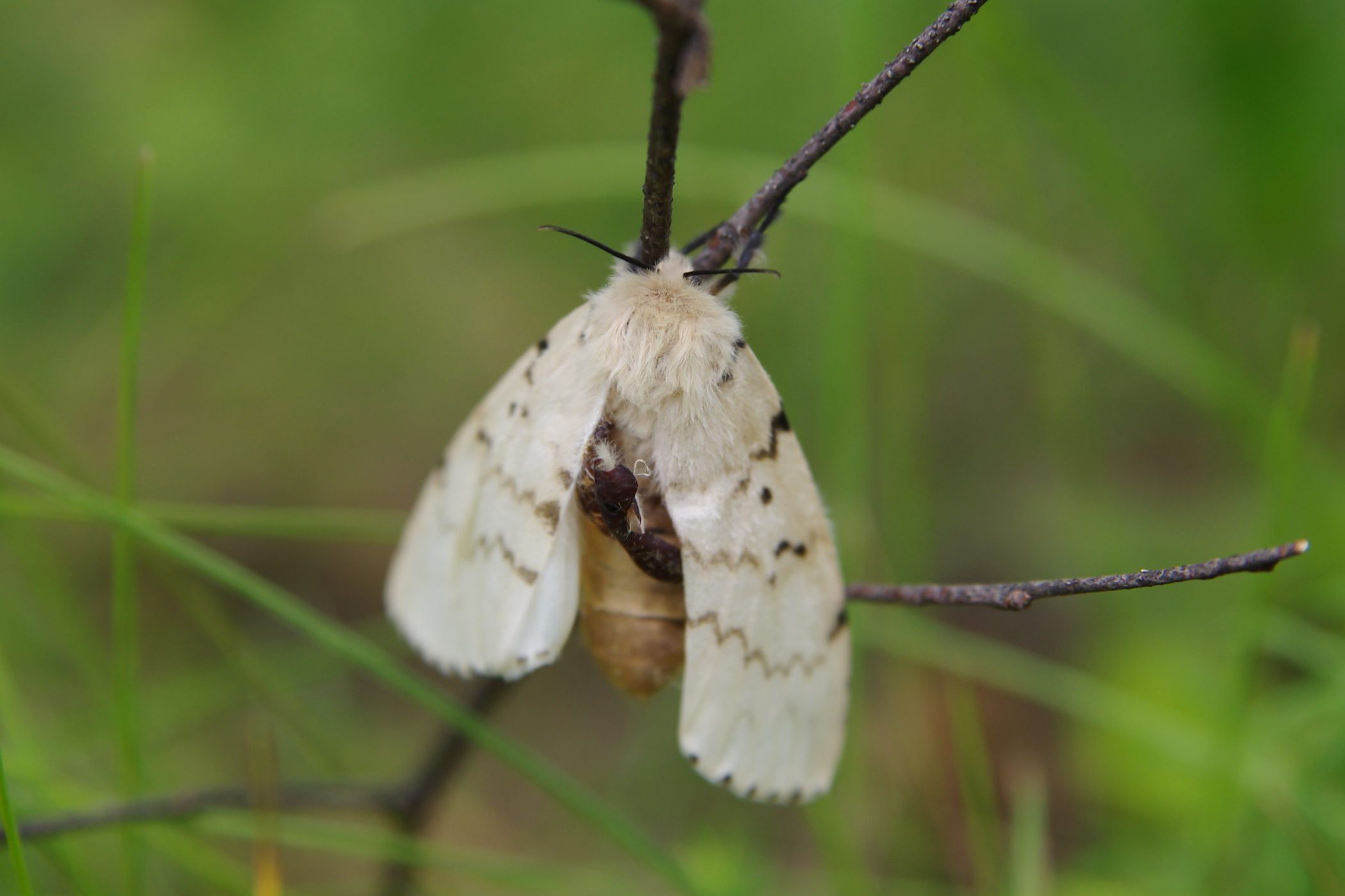
Asian Gypsy Moth
According to the USDA’s HungryPests website, the Asian gypsy moth is a substantial threat to the environment. Left unchecked, it can cause “serious, widespread damage to our country’s landscape and natural resources.”
Asian gypsy moths hang out in Oregon, Washington, Georgia, Oklahoma and South Carolina, feeding and laying eggs on trees and shrubs. Favorites include alder, oak, apple, willow and elm. An infestation can strip a tree of its leaves, resulting in the death of the tree or even large sections of forests. Look for groups of eggs covered in yellowish fuzz on trees and outdoor furniture.
Like all moths, the Asian gypsy moth starts out as a caterpillar. When fully grown they can get up to 3-1/2-in. long, usually dark gray with long red and blue spots on their backs. Once it morphs into a moth, it will have grayish-brown (male) or white (female) wings.
As is typical of invasive insects, the Asian gypsy moth came in via cargo ship. In this case, they arrived in the Pacific Northwest from Siberia in the early 1990s. If you come across Asian gypsy moths, caterpillars or eggs, contact your state’s department of agriculture.
Note: Some gypsy moth species recently had a name change, but the Asian gypsy moth was not among them.


